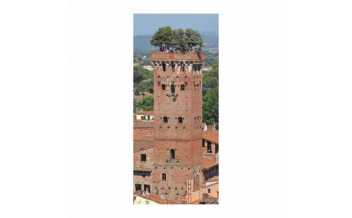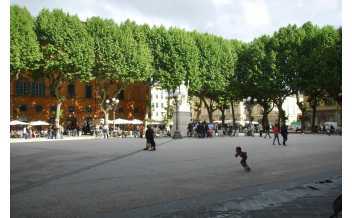« Italy is a dream that keeps returning for the rest of your life » - Anna Akhmatova
Activities
-
Aqueduct of Nottolini, Lucca
Just outside the walled city of Lucca, this vast neoclassical 19-th century...
-
Chiesa di San Michele in Foro, Lucca
This stunning edifice with its massive, ornate facade was built on the...
-
Chiesa di Santa Maria Forisportam, Lucca
The Church of Santa Maria Forisportam, which is also known as Santa Maria...
-
-
Il Duomo, San Martino Cathedral, Lucca
Dedicated to Saint Martin of Tours in Lucca, the construction of this Roman...
-
Palazzo Pfanner, Lucca
An elegant, privately-owned Baroque Palazzo which dates back to 1667 when it...
-
Piazza Napoleone, Lucca
Known by locals as the Piazza Grande because it’s the largest square and is...
-
Piazza dell' Anfiteatro, Lucca
The ring of buildings surrounding piazza follows the elliptical shape of the...
-
Porta San Donato, Lucca
This gateway is one of the original four medieval gates of the city. It dates...
-
San Benedetto in Gottella, Lucca
A Romanesque-style church, on the Piazza Bernardin, the previous church here...
-
-
-
San Frediano Basilica, Lucca
Dating back to 685 AD, this church has a limestone facade with a beautiful...
-
The Ramparts, or walls of Lucca
Today this is one of the most popular places to walk in Lucca, but in the...
-
-
Villa Mansi and museum, Lucca
This fabulous Baroque palace is the former home of the Mansi family, a rich...





















